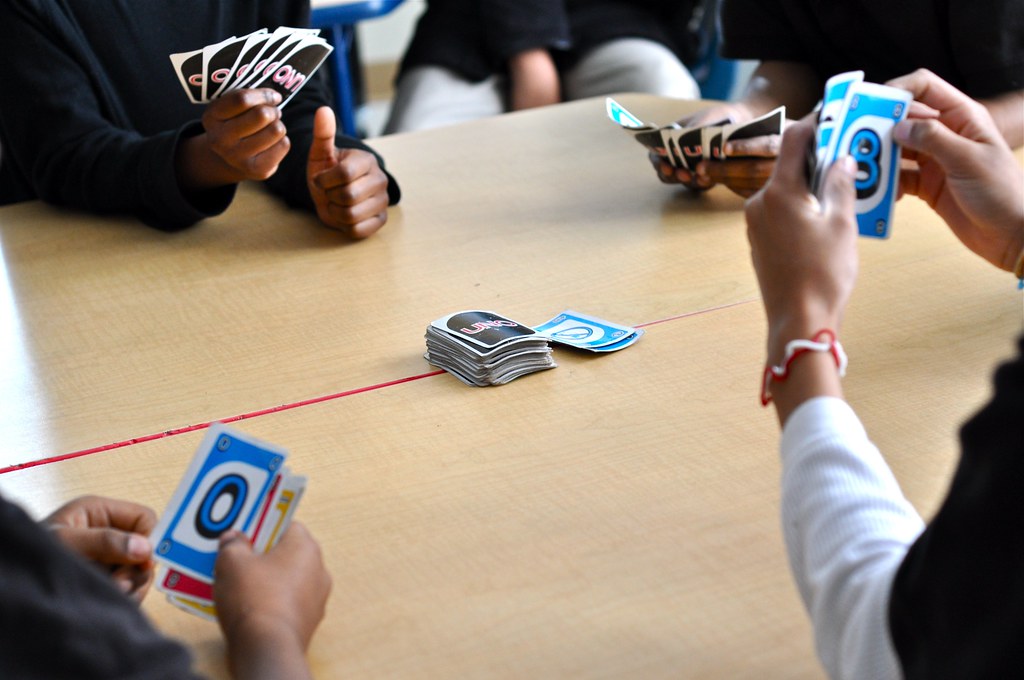 |
| Chicano Park - Día de los Muertos, 2014 (My first visit to the park.) |
Earlier this month I had the chance to go with the 6th graders to
Chicano Park here in San Diego. The field trip was part of a really cool cross-curricular Social Justice project that they were doing in their other classes. Next year I want to integrate a lot more connections in my Spanish class, but I was really excited to go along this year, and I want this to be an ongoing part of my Spanish curriculum.
Back in Detroit, I collaborated with the art programs at both schools I worked at, to take field trips to the
Detroit Institute of Art, especially to see
Diego Rivera's mural. It's an amazing mural with significant ties to local history and culture, and I was sad to leave it behind when I moved to California.
Since I moved to San Diego in August, I've been looking for local opportunities. Chicano Park has an amazing
history and is the perfect place for students to learn about art, the local Spanish-speaking community, our identity as a border town, alternative histories, and an inspiring example of grassroots movement and personal activism that they are studying through their Social Justice project.
We got a great tour by members of the park's steering committee. My group was led by
Victor Ochoa, one of the muralists. I learned as much as the kids did!
Before going on the field trip, I made this
scavenger hunt for the kids. They looked for the phrases around the park and matched them to the murals they were included on, and then later in Spanish class we translated them and connected each phrase to the history we had learned about. (The file includes an answer key. I made it using images from this
documentation project, but I already know I'll be updating it with more images and phrases later on.)
As a follow-up project, students are researching and presenting information about people from the Spanish-speaking world. This includes famous Hispanic figures, some relatives and family members, and people they learned about during the field trip. I used one of the murals from Chicano Park as a starting point for this project, and created a
Thinglink for students to explore the people and symbols pictured.

This year, the field trip, subsequent project, and curricular connections were all somewhat hasty, in the midst of end-of-the-year chaos and the general upheaval of establishing and refining a new program at a new school. I have high hopes for next year, however, and am excited to do more.
The Chicano Park Steering Committee was so helpful in coordinating and leading our tours. They have a website at
www.chicano-park.com.
For local educators - if you have led field trips to Chicano Park or would like to in the future, I would love to hear more about what you have done, share resources, and collaborate!
 |
| Chicano Park - Día de los Muertos, 2014 |





























